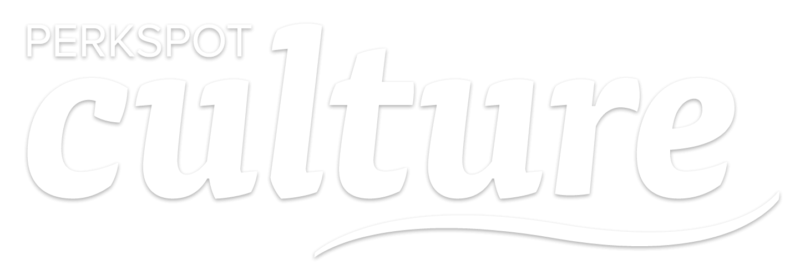Offering Sustainable Advancement Opportunities

A recent study by the Society for Human Resources Management found that providing opportunities for career advancement was a key consideration for employees – ranking right behind compensation as a driver of turnover. So, if modern employees are concerned about career development, what can you do to help ensure that workers in your organization have access to the career advancing tools they’re looking for?
Consider Professional Development, Not Just Advancement
Believe it or not, development is just as important as actual promotions! If someone isn’t ready for a promotion immediately, but you want to maintain them as talent – ensure that you’re helping them further their skills and development to prepare them for eventual advancement. The most common form of professional development is offering credits for further education and upskilling. This can take the form of an employee interested in the management track getting their MBA, an engineer looking to learn a new programming language, or many other avenues. Putting some money aside for development credits of these kinds is a reliable way to reduce turnover and encourage long-term loyalty of highly skilled employees. Strong development programs send a message that you’re not just interested in extracting value from individual employees, but instead in being a partner on their complete career journey.
Offer Clear Paths to Success in One on Ones or Development Meetings
Communication is critical at all levels of business, and nowhere is this more apparent than employee retention. If you want to retain promising employees within your organization, managers, executives, or HR professionals should be having open conversations about where they see their career going. More importantly, you should discuss how the organization can help them to get where they want to be. These development meetings not only give you an essential pulse-check on employee ambitions, they can also give you a heads-up if someone feels they don’t have the upwards trajectory they’re looking for. By helping address their developmental needs, you’re more than likely to save your organization from some costly turnover.
Everyone’s Path is Different
Some employees may be interested in the ‘traditional’ route of eventually managing a team. Others may wish to cultivate other specialized skill sets, or branch out into something new entirely. Allowing these diverse paths of development through personal plans and conversations is important – as is continuing to mentor and develop veteran workers, even after they become managers or specialists. Learning is a lifelong experience, and you should strive to build a forward-pushing culture that encourages it!
Think About Advancement Before Your Employees Are Perfectly “Ready”
It can be easy to fall into the trap of waiting for “that perfect moment” to advance an employee, or until they’re absolutely, 100% confident in their abilities to tackle a higher position. But the truth is that people are rarely, if ever totally confident in their abilities to handle something new before they’ve actually got hands-on experience doing it, whether it’s working with a new piece of software or managing a team. If you’re confident in an employee’s experiences, and more importantly their ability to learn and grow, you should consider advancing their position before they’re perfectly ‘ready’, since they’ll be able to grow into the role and discover hands-on if it’s really right for them. These moves are also a sign of trust in an employee’s competence and long-term prospects with the company. Those are essential qualities for long-term retention!
Cultivating sustainable advancement can often be boiled down to providing the opportunities in both time and credit for professional and skill development, combined with the trust to let employees realize those skills in a hands-on setting. As always, it comes down to some of the fundamentals of good business practice; Open, active communication, and trust within teams. Applying these principles to any aspect of your business will bring back positive results – in this case, in the form of a more qualified, high-skill, and loyal employee base that has your organization to thank for not only cultivating its professional development, but also in providing the opportunity to put it to good use.
Check out PerkSpot’s Blog for more advice on building workplaces that are great to work at, or schedule a demo if you’d like to hear more about how PerkSpot can help reduce costs and drive positive culture in your organization!




 Having a wide diversity of ages in your organization comes with a lot of benefits. As with many other kinds of diversity, a wide range of generational representation is a
Having a wide diversity of ages in your organization comes with a lot of benefits. As with many other kinds of diversity, a wide range of generational representation is a 







